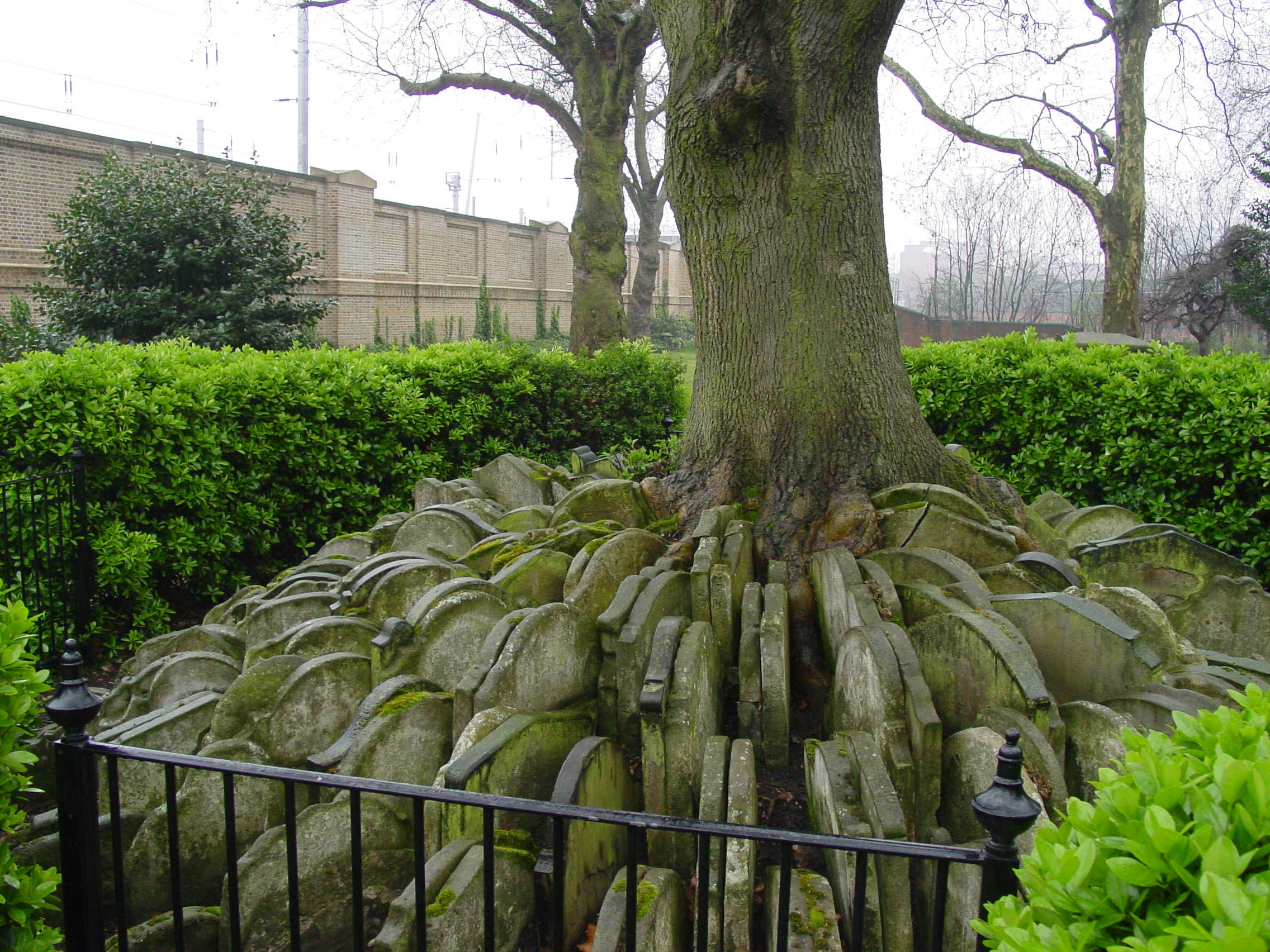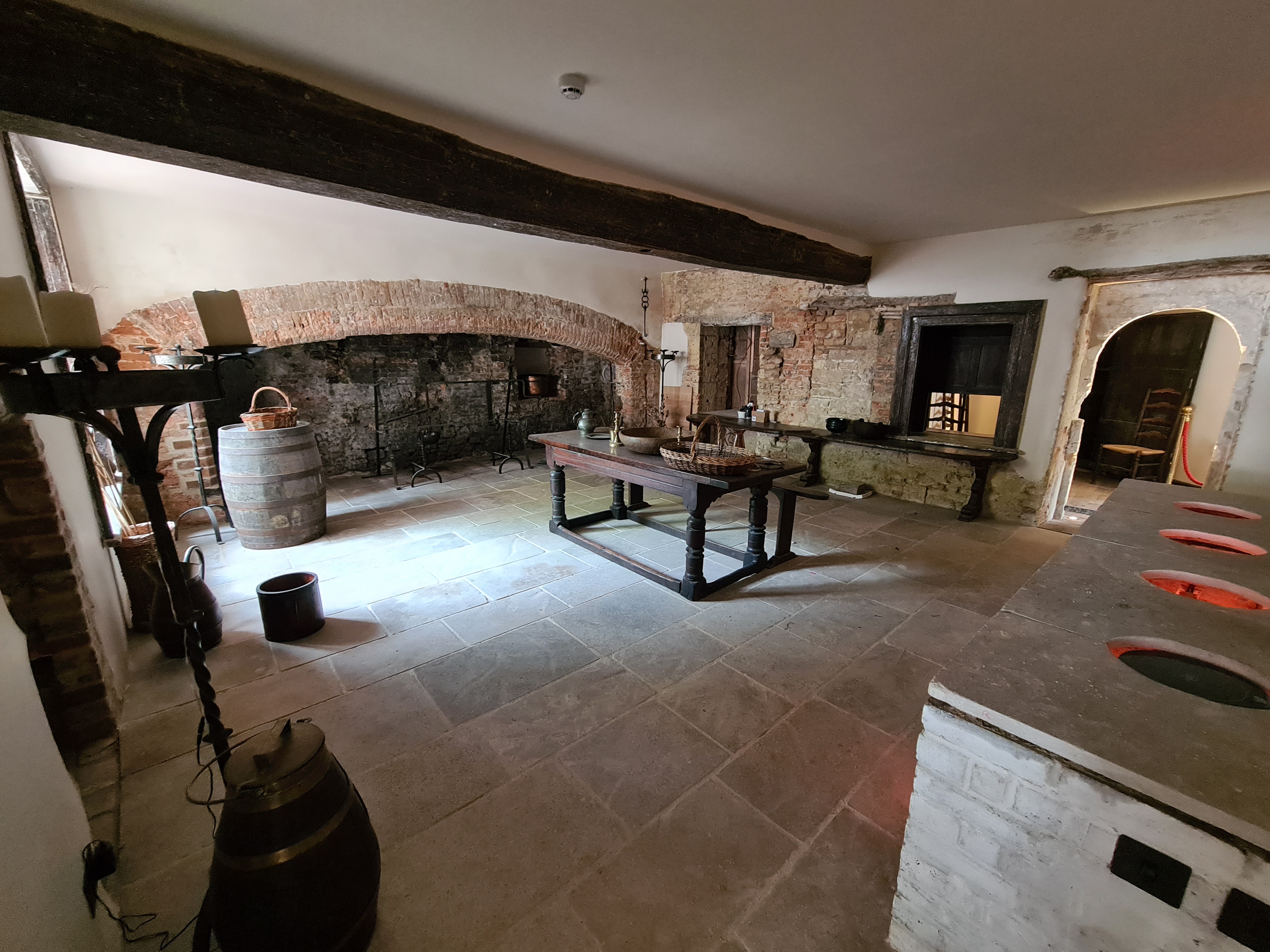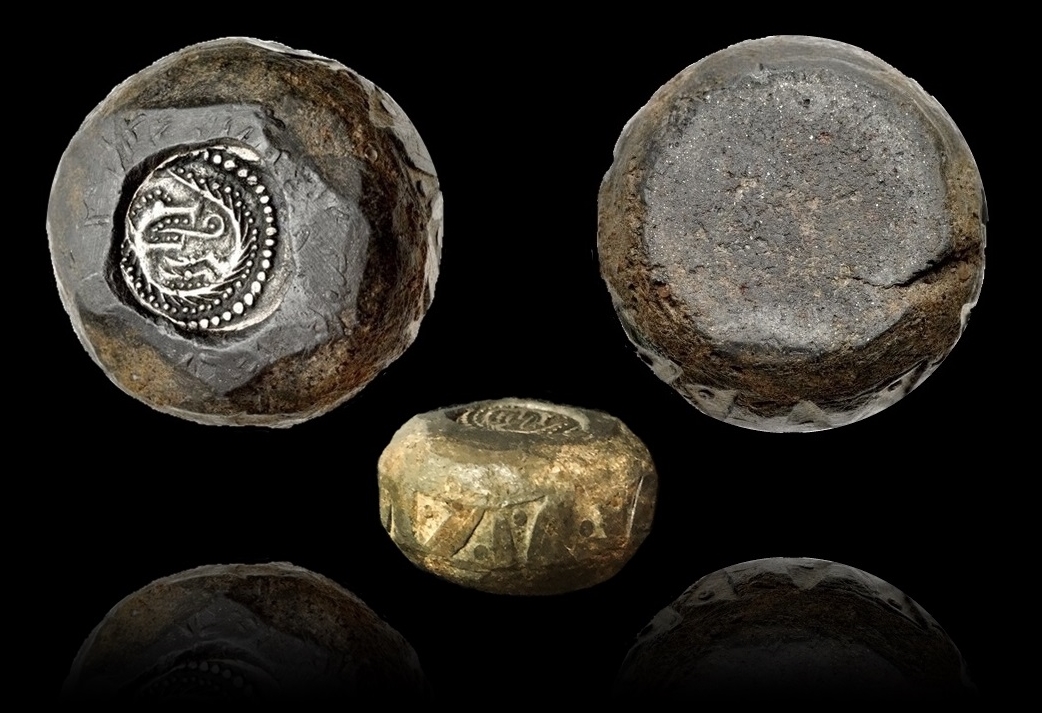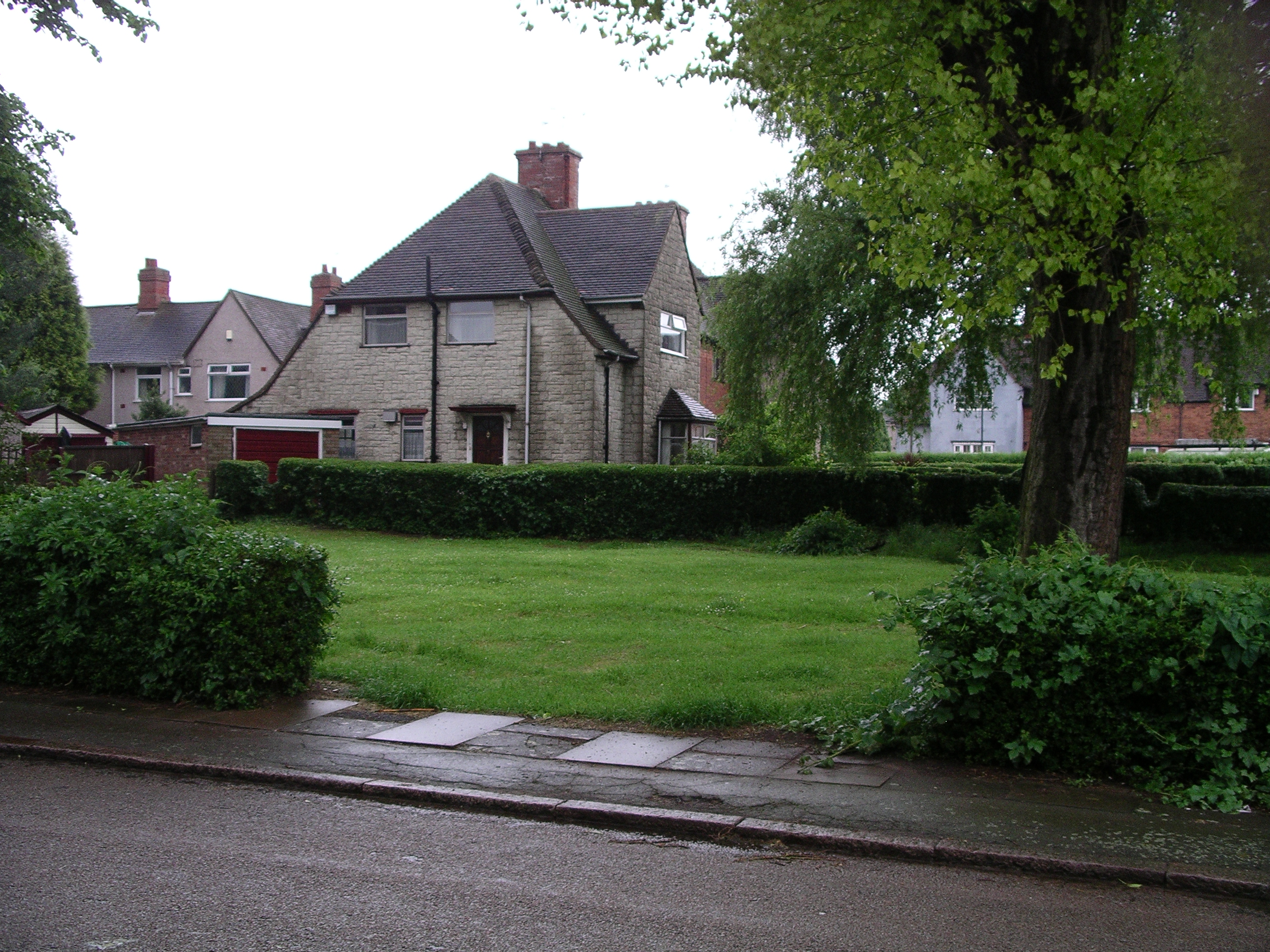|
Thomas Hardy
Thomas Hardy (2 June 1840 – 11 January 1928) was an English novelist and poet. A Literary realism, Victorian realist in the tradition of George Eliot, he was influenced both in his novels and in his poetry by Romanticism, including the poetry of William Wordsworth. He was highly critical of much in Victorian era, Victorian society, especially on the declining status of rural people in Britain such as those from his native South West England. While Hardy wrote poetry throughout his life and regarded himself primarily as a poet, his first collection was not published until 1898. Initially, he gained fame as the author of novels such as ''Far from the Madding Crowd'' (1874), ''The Mayor of Casterbridge'' (1886), ''Tess of the d'Urbervilles'' (1891) and ''Jude the Obscure'' (1895). During his lifetime, Hardy's poetry was acclaimed by younger poets (particularly the Georgian Poetry, Georgians) who viewed him as a mentor. After his death his poems were lauded by Ezra Pound, W. H. Au ... [...More Info...] [...Related Items...] OR: [Wikipedia] [Google] [Baidu] |
Florence Dugdale
Florence Emily Dugdale (12 January 187917 October 1937) was an English teacher and children's writer, who was the second wife of the novelist and poet Thomas Hardy. She was credited as the author of Hardy's posthumously published biography, ''The Early Life and Later Years of Thomas Hardy'', although it was written (mostly or entirely) by Hardy himself in his old age. Biography Dugdale was born in Edmonton, London, the daughter of headmaster Edward Dugdale. Florence attended the National Infants School in Enfield for two years until 1886 when she went to St Andrew's Girls School. At the age of 20, her parents paid ninepence per week for her to study at the Higher Grades School. From 1895 onward, Dugdale's life was centred on her teaching. She began training at St Andrew's Girls School, where she and her sister Ethel received prizes from the Diocesan Board of Education for "Religious Knowledge and a proficiency in secular subjects". In 1897, she became a fully qualified teacher a ... [...More Info...] [...Related Items...] OR: [Wikipedia] [Google] [Baidu] |
:Template:Infobox Writer/doc
Infobox writer may be used to summarize information about a person who is a writer/author (includes screenwriters). If the writer-specific fields here are not needed, consider using the more general ; other infoboxes there can be found in :People and person infobox templates. This template may also be used as a module (or sub-template) of ; see WikiProject Infoboxes/embed for guidance on such usage. Syntax The infobox may be added by pasting the template as shown below into an article. All fields are optional. Any unused parameter names can be left blank or omitted. Parameters Please remove any parameters from an article's infobox that are unlikely to be used. All parameters are optional. Unless otherwise specified, if a parameter has multiple values, they should be comma-separated using the template: : which produces: : , language= If any of the individual values contain commas already, add to use semi-colons as separators: : which produces: : , pseu ... [...More Info...] [...Related Items...] OR: [Wikipedia] [Google] [Baidu] |
William Wordsworth
William Wordsworth (7 April 177023 April 1850) was an English Romantic poetry, Romantic poet who, with Samuel Taylor Coleridge, helped to launch the Romanticism, Romantic Age in English literature with their joint publication ''Lyrical Ballads'' (1798). Wordsworth's ''masterpiece, magnum opus'' is generally considered to be ''The Prelude'', a semi-autobiographical poem of his early years that he revised and expanded a number of times. It was posthumously titled and published by his wife in the year of his death, before which it was generally known as "The Poem to Coleridge". Wordsworth was Poet Laureate of the United Kingdom, Poet Laureate from 1843 until his death from pleurisy on 23 April 1850. He remains one of the most recognizable names in English poetry and was a key figure of the Romantic poets. Early life Family and education The second of five children born to John Wordsworth and Ann Cookson, William Wordsworth was born on 7 April 1770 in what is now named Word ... [...More Info...] [...Related Items...] OR: [Wikipedia] [Google] [Baidu] |
Architectural Association School Of Architecture
The Architectural Association School of Architecture in London, commonly referred to as the AA, is the oldest private school of architecture in the UK. The AA hosts exhibitions, lectures, academic conference, symposia and publications. History The Architectural Association was founded in 1847 as an alternative to the practice of training young men via apprenticeship to established architects. Apprenticeships offered no guarantee of educational quality or professional standards, and the system was believed to be "rife with Conflict of interest, vested interests and open to abuse, dishonesty and incompetence". Two articled pupils, Robert Kerr (architect), Robert Kerr (1823–1904) and Charles Gray (1827/28–1881), proposed a systematic course of training provided by the students themselves. Following a merger with the Association of Architectural Draughtsmen, the first formal meeting under the name of the Architectural Association took place in May 1847 at Lyon's Inn, Lyons I ... [...More Info...] [...Related Items...] OR: [Wikipedia] [Google] [Baidu] |
Royal Institute Of British Architects
The Royal Institute of British Architects (RIBA) is a professional body for architects primarily in the United Kingdom, but also internationally, founded for the advancement of architecture under its royal charter granted in 1837, three supplemental charters and a new charter granted in 1971. Founded as the Institute of British Architects in London in 1834, the RIBA retains a central London headquarters at 66 Portland Place as well as a network of regional offices. Its members played a leading part in promotion of architectural education in the United Kingdom; the RIBA Library, also established in 1834, is one of the three largest architectural libraries in the world and the largest in Europe. The RIBA also played a prominent role in the development of UK architects' registration bodies. The institute administers some of the oldest architectural awards in the world, including RIBA President's Medals Students Award, the Royal Gold Medal, and the Stirling Prize. It also man ... [...More Info...] [...Related Items...] OR: [Wikipedia] [Google] [Baidu] |
Athelhampton House
Athelhampton (also known as Admiston or Adminston) is a settlement in the civil parish of Athelhampton and Puddletown, in Dorset, England, situated approximately east of Dorchester. It consists of a manor house and a former Church of England parish church. Dorset County Council's 2013 mid-year estimate of the population of the civil parish is 30. On 1 April 2024 the parish was abolished and merged with Puddletown to form "Athelhampton and Puddletown". Manor The Domesday Book records that in 1086 the Bishop of Salisbury, with Odbold as tenant, held the manor, then called ''Pidele''. The name ''Aethelhelm'' appears in the 13th century, when Athelhampton belonged to the de Loundres family. In 1350 Richard Martyn married the de Pydele heiress, and their descendant Sir William Martin received licence to enclose of land to form a deer park and a licence to fortify the manor. Athelhampton Hall The hall is a Grade I listed 15th-century country house retaining much of its origina ... [...More Info...] [...Related Items...] OR: [Wikipedia] [Google] [Baidu] |
Melbury Osmond
Melbury Osmond is a village and civil parish in the county of Dorset in southern England. It lies approximately south of the Somerset town of Yeovil. The underlying geology is Cornbrash limestone, with adjacent Oxford clay. Within the clay can be found deposits of stone which can take on a very high polish, earning them the name "Melbury marble". The village is mentioned in the Domesday Book as a possession of the Arundell family, and remained so until the 19th century. The parish church, St. Osmund's, was totally rebuilt in 1745Treves, Sir F., ''Highways and Byways in Dorset'', Macmillan, 1906, pp322-323 and restored in 1888, although it has registers dating back to 1550. In the 2011 census the parish had a population of 199. The major part of Melbury Osmond village lies on a cul-de-sac lane which from the church descends past cottages to a stream and ford. The attractive appearance of the village has been noted by commentators: it has been described as "a calendarsmith's ... [...More Info...] [...Related Items...] OR: [Wikipedia] [Google] [Baidu] |
2780theHardyTreeOldStPancrasChurchyard
78 may refer to: * 78 (number) * one of the years 78 BC, AD 78, 1978, 2078 * 78 RPM phonograph (gramophone) record * The 78, a proposed urban development in Chicago, Illinois, US * 78 Diana, a main-belt asteroid See also * '78 (other) The ampersand, also known as the and sign, is the logogram , representing the conjunction "and". It originated as a ligature of the letters of the word (Latin for "and"). Etymology Traditionally in English, when spelling aloud, any ... * * List of highways numbered 78 {{Numberdis ... [...More Info...] [...Related Items...] OR: [Wikipedia] [Google] [Baidu] |
The Big Read
The Big Read was a survey on books that was carried out by the BBC in the United Kingdom in 2003, when over three-quarters of a million votes were received from the British public to find the nation's best-loved novel. The year-long survey was the biggest single test of public reading taste to date, and culminated with several programmes hosted by celebrities advocating their favourite books. Purpose The BBC started the Big Read with the goal of finding the "Nation's Best-loved Novel" by way of a viewer vote via the Web, SMS, and telephone. The show attracted controversy for adopting an allegedly Sensationalism, sensationalist approach to literature, but supporters praised it for raising the public awareness of reading. The British public voted originally for any novel that they wished.Book awards: BBC's Big Read - L ... [...More Info...] [...Related Items...] OR: [Wikipedia] [Google] [Baidu] |
Thomas Hardy's Wessex
Thomas Hardy's Wessex is the fictional literary landscape created by the English author Thomas Hardy as the setting for his major novels, located in the south and South West England, southwest of England. Hardy named the area "Wessex" after Wessex, the medieval Anglo-Saxon kingdom that existed in this part of that country prior to the unification of England by Æthelstan. Although the places that appear in his novels actually exist, in many cases he gave the place a fictional name. For example, Hardy's home town of Dorchester, Dorset, Dorchester is called Casterbridge in his books, notably in ''The Mayor of Casterbridge''. In an 1895 preface to the 1874 novel ''Far from the Madding Crowd'' he described Wessex as "a merely realistic dream country". The actual definition of "Hardy's Wessex" varied widely throughout Hardy's career, and was not definitively settled until after he retired from writing novels. When he created the concept of a fictional Wessex, it consisted merely of th ... [...More Info...] [...Related Items...] OR: [Wikipedia] [Google] [Baidu] |
Wessex
The Kingdom of the West Saxons, also known as the Kingdom of Wessex, was an Anglo-Saxon Heptarchy, kingdom in the south of Great Britain, from around 519 until Alfred the Great declared himself as King of the Anglo-Saxons in 886. The Anglo-Saxons believed that Wessex was founded by Cerdic and Cynric of the Gewisse, though this is considered by some to be a legend. The two main sources for the history of Wessex are the West Saxon Genealogical Regnal List and the ''Anglo-Saxon Chronicle'' (the latter of which drew on and adapted an early version of the List), which sometimes conflict. Wessex became a Christianity, Christian kingdom after Cenwalh () was baptised and was expanded under his rule. Cædwalla later conquered Kingdom of Sussex, Sussex, Kingdom of Kent, Kent and the Isle of Wight. His successor, Ine of Wessex, Ine (), issued one of the oldest surviving English law codes and established a second West Saxon bishopric. The throne subsequently passed to a series of kings wit ... [...More Info...] [...Related Items...] OR: [Wikipedia] [Google] [Baidu] |
Philip Larkin
Philip Arthur Larkin (9 August 1922 – 2 December 1985) was an English poet, novelist, and librarian. His first book of poetry, '' The North Ship'', was published in 1945, followed by two novels, '' Jill'' (1946) and '' A Girl in Winter'' (1947). He came to prominence in 1955 with the publication of his second collection of poems, '' The Less Deceived'', followed by '' The Whitsun Weddings'' (1964) and '' High Windows'' (1974). He contributed to ''The Daily Telegraph'' as its jazz critic from 1961 to 1971, with his articles gathered in ''All What Jazz: A Record Diary 1961–71'' (1985), and edited '' The Oxford Book of Twentieth Century English Verse'' (1973). His many honours include the Queen's Gold Medal for Poetry. He was offered, but declined, the position of Poet Laureate in 1984, following the death of Sir John Betjeman. After graduating from Oxford University in 1943 with a first in English Language and Literature, Larkin became a librarian. It was during the thirt ... [...More Info...] [...Related Items...] OR: [Wikipedia] [Google] [Baidu] |





